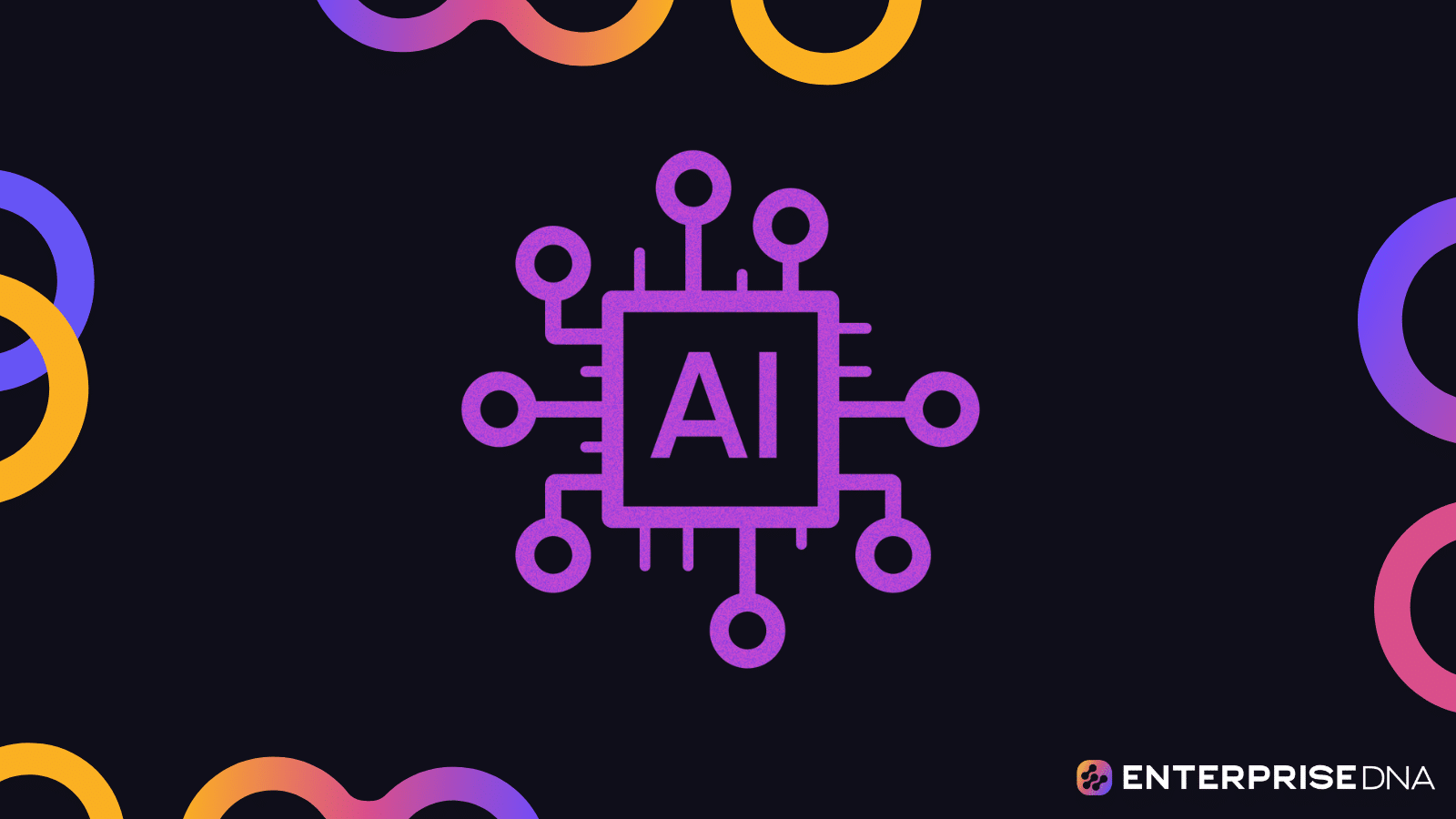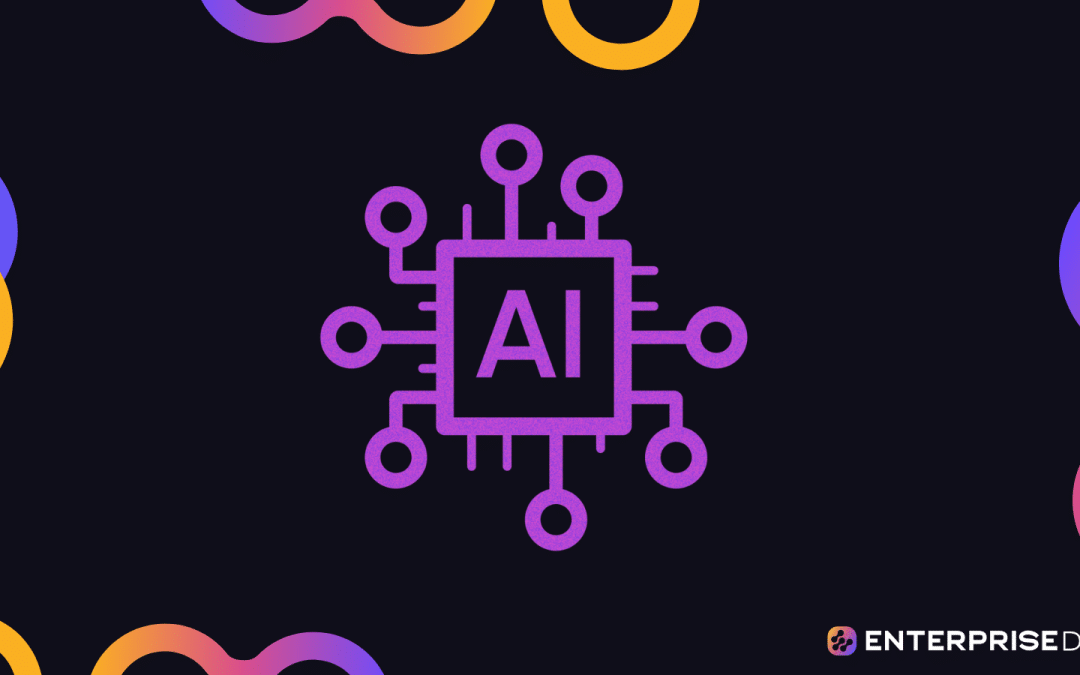Generative AI, a revolutionary technology that has gained significant popularity in recent years, has truly transformed the way we interact with computers and machines.
But what exactly is generative AI? And how does it work?
Generative AI is a subset of artificial intelligence that involves the use of algorithms to generate new, unique data from existing data. It works by using a model trained on a large dataset to create new examples of data that are similar but not identical to the original data.
In this article, we’ll be taking a deep dive into the world of generative AI. We’ll be discussing what it is, how it works, and the key concepts you need to know to understand and appreciate this groundbreaking technology.
But first, let’s start with a quick refresher on the basics of AI and generative AI.
Generative AI: The Basics
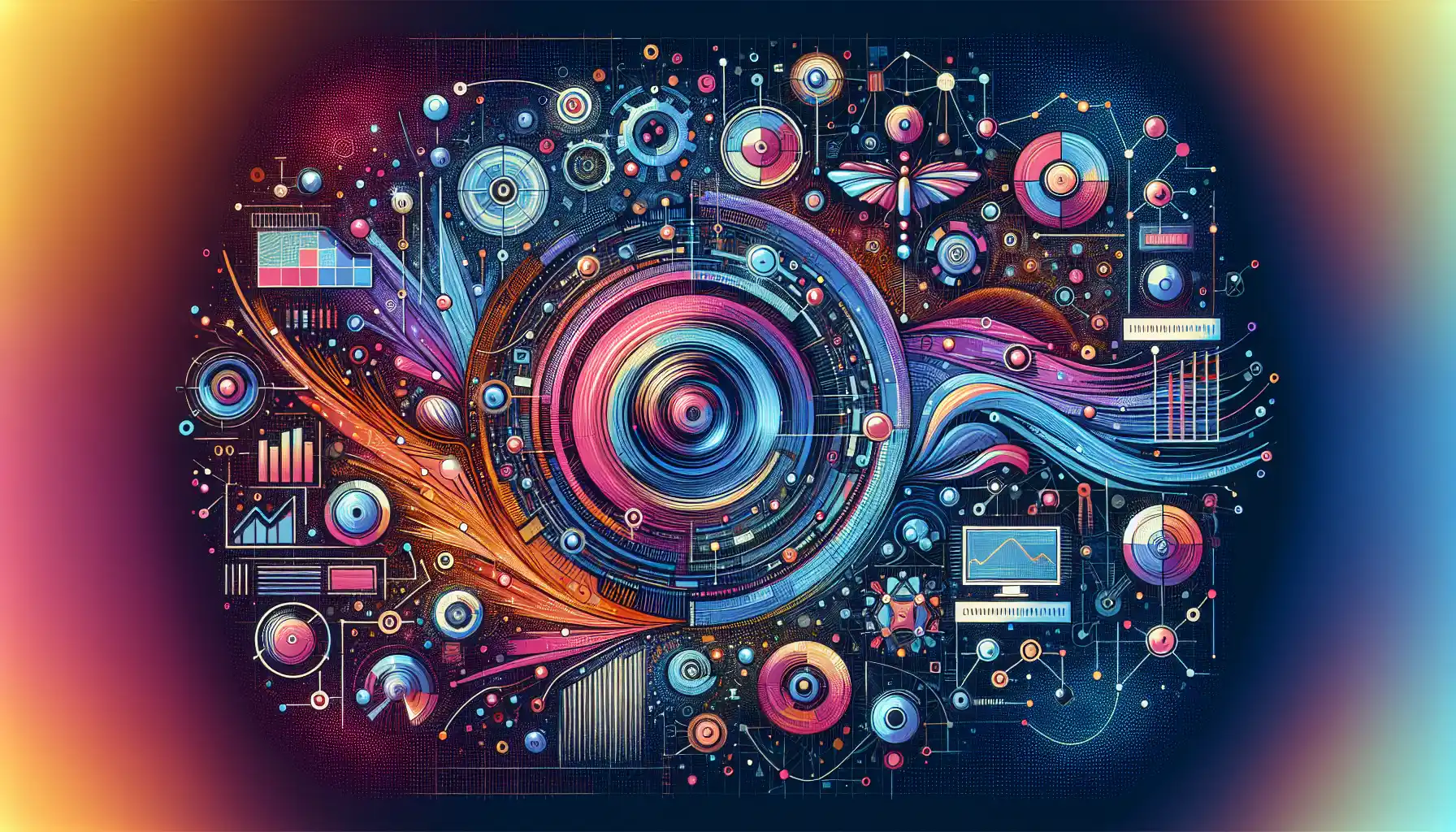
Before we get into the specifics of how generative AI works, it’s important to understand some basic concepts. In this section, we’ll provide a brief overview of generative AI, its applications, and its relationship with other subfields of AI.
What Is Generative AI?
Generative AI is a subset of artificial intelligence that focuses on the creation of new data, such as images, text, or audio. This is in contrast to other forms of AI, such as predictive or reactive AI, which are designed to analyze existing data or respond to specific inputs.
Generative AI vs. Discriminative AI
Generative AI is often contrasted with discriminative AI, which is focused on distinguishing between different categories or classes of data.
For example, a generative AI model might be trained to create images of cats, while a discriminative AI model might be trained to determine whether an image contains a cat or a dog.
Key Concepts in Generative AI
There are several key concepts that are important to understand when learning about generative AI. These include:
- Generative Models: These are the algorithms used in generative AI to create new data. There are various types of generative models, such as autoencoders, variational autoencoders, and generative adversarial networks (GANs).
- Training Data: This is the data used to train a generative AI model. The model learns to generate new data by analyzing patterns and relationships in the training data.
- Latent Space: This is a multi-dimensional space that represents the underlying structure of the training data. Generative AI models use the latent space to create new data points.
- Loss Functions: These are functions used to measure how well a generative AI model is performing. They quantify the difference between the generated data and the real data.
- Hyperparameters: These are settings that are tuned to optimize the performance of a generative AI model. Examples of hyperparameters include learning rates and the number of layers in a neural network.
Applications of Generative AI
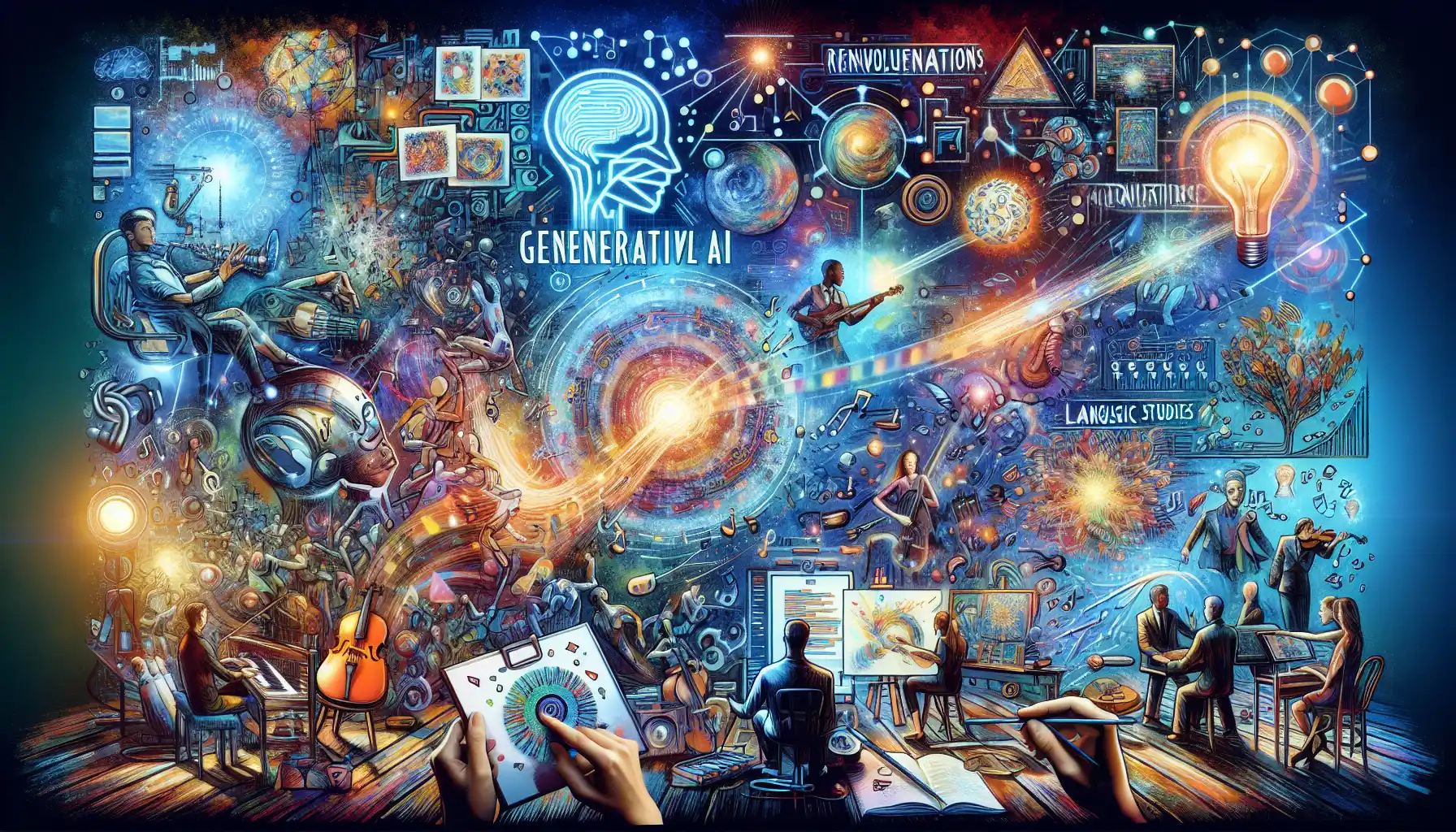
Generative AI has a wide range of applications, including:
- Art and Design: Generative AI can be used to create unique pieces of art, music, or other creative works.
- Content Creation: It can be used to generate text, images, or videos for websites, social media, or marketing campaigns.
- Medicine: Generative AI can be used to create synthetic medical images or to generate new drug candidates.
- Manufacturing: It can be used to design new products or optimize manufacturing processes.
- Gaming: Generative AI can be used to create realistic game environments, characters, and storylines.
- Security: It can be used to generate new security features or to detect and prevent fraud.
- Research: Generative AI can be used to simulate and study complex systems in fields such as physics, biology, and climate science.
As you can see, generative AI is a powerful and versatile technology with a wide range of real-world applications.
In the next section, we’ll delve into the mechanics of generative AI and explore how it actually works.
How Does Generative AI Work?

Generative AI is a fascinating and rapidly advancing field of technology. It is a subset of artificial intelligence that involves the use of algorithms to create new, unique data from existing data. In this section, we’ll take a look at the core components and techniques used in generative AI, and we’ll also explore some of the most popular generative AI models.
Core Components of Generative AI
Generative AI typically consists of three core components:
- Generative Model: This is the algorithm or model that is used to generate new data. There are several types of generative models, including variational autoencoders (VAEs), autoregressive models, and generative adversarial networks (GANs).
- Training Data: This is the data that is used to train the generative model. The model learns to generate new data by analyzing patterns and relationships in the training data.
- Latent Space: This is a multi-dimensional space that represents the underlying structure of the training data. The generative model uses the latent space to create new data points.
Techniques Used in Generative AI
There are several key techniques that are commonly used in generative AI, including:
- Variational Autoencoders (VAEs): VAEs are a type of generative model that learns the underlying structure of the training data. They work by encoding the input data into a lower-dimensional space and then decoding it back into the original data.
- Generative Adversarial Networks (GANs): GANs are a type of generative model that involves two neural networks – a generator and a discriminator. The generator creates new data, and the discriminator evaluates how realistic the generated data is. The two networks are trained in a competitive setting, with the goal of the generator learning to create data that is indistinguishable from real data.
- Transformers: Transformers are a type of neural network architecture that has been particularly successful in generative AI tasks. They are based on a self-attention mechanism that allows the model to consider the relationships between different parts of the input data.
- Autoregressive Models: Autoregressive models are a type of generative model that generates data one element at a time, with each element being conditioned on the previously generated elements.
- Recurrent Neural Networks (RNNs): RNNs are a type of neural network that can process sequences of data. They are often used in generative AI tasks, such as generating text or music.
- Markov Models: Markov models are a type of probabilistic model that generates data by sampling from a set of probabilities based on the current state of the model.
- Gaussian Processes: Gaussian processes are a type of probabilistic model that can be used for generative tasks, such as generating new data points from a set of observed data.
Popular Generative AI Models
There are several popular generative AI models that have been developed in recent years. Some of the most well-known models include:
- OpenAI GPT-3: GPT-3 is a language model that is capable of generating human-like text. It has been used for a wide range of generative tasks, such as language translation, text summarization, and creative writing.
- StyleGAN2: StyleGAN2 is a generative model that is specifically designed for creating high-quality images. It has been used to generate realistic images of people, animals, and other objects.
- PixelRNN: PixelRNN is a generative model that is capable of generating images one pixel at a time. It is based on autoregressive models and has been used to create images that are indistinguishable from real images.
- BERT: BERT is a language model that is capable of generating human-like text. It has been used for a wide range of generative tasks, such as language translation, text summarization, and creative writing.
- CycleGAN: CycleGAN is a generative model that is specifically designed for image-to-image translation. It has been used to translate images between different domains, such as turning images of horses into images of zebras.
These models are just a few examples of the many generative AI models that have been developed. They are all based on the core components and techniques of generative AI that we discussed in this section.
Generative AI has made tremendous progress in recent years and has the potential to revolutionize a wide range of industries, from art and entertainment to healthcare and finance.
By understanding the core components, techniques, and models of generative AI, you can gain insight into how this technology works and how it may impact the world in the future.
Now that we’ve covered the fundamentals and the mechanics of generative AI, it’s time to take a look at some of the practical applications of this exciting technology in the real world.
Applications of Generative AI

Generative AI, a subset of artificial intelligence, is one of the most exciting and rapidly evolving fields in technology today. It has the potential to transform many aspects of our lives and has already been applied in a wide range of fields. In this section, we’ll explore some of the most interesting and innovative applications of generative AI.
1. Art and Creativity
One of the most well-known applications of generative AI is in the field of art and creativity. Generative AI has been used to create stunning visual art, music, and even poetry.
For example, AIVA is a generative AI that composes classical music. Another example is DALL-E, a generative AI developed by OpenAI that can create original images from textual descriptions.
2. Healthcare
Generative AI is also making a significant impact in the field of healthcare. It has been used to develop new drugs and treatments, and it can also be used to create synthetic data for medical research.
For example, Insilico Medicine is a company that is using generative AI to develop new drugs and identify potential drug targets. Another example is Freenome, a company that is using generative AI to detect cancer from blood tests.
3. Video Games
Generative AI has also been used in the video game industry to create more realistic and immersive gaming experiences. It can be used to generate lifelike characters, environments, and even entire game levels.
4. Fashion
Generative AI is also being used in the fashion industry to create new designs and clothing. It can be used to generate unique patterns, textures, and color combinations.
For example, Pindar is a generative AI that can create new designs for fashion and home decor.
5. Writing
Generative AI has also been used to create writing. It can be used to generate new articles, blog posts, and even entire books.
For example, OpenAI’s GPT-3 is a language model that is capable of generating human-like text and has been used to write news articles and stories.
6. Chatbots
Generative AI has also been used to create chatbots that can hold natural conversations with humans.
For example, Microsoft’s Xiaoice is a popular chatbot in China that has been used by millions of people to chat and even seek emotional support.
7. Music
Generative AI has also been used to create music. It can be used to generate new melodies, harmonies, and rhythms.
For example, Google’s Magenta project is using generative AI to create new music and explore the creative potential of AI in the music industry.
8. Research and Science
Generative AI is also being used in research and science. It can be used to generate new ideas, hypotheses, and research questions.
For example, Atomwise is a company that is using generative AI to discover new drugs and develop new treatments for diseases.
As you can see, generative AI is already being used in a wide range of fields, and its potential is only growing. It has the power to transform how we create, learn, and interact with the world around us.
Challenges and Future of Generative AI
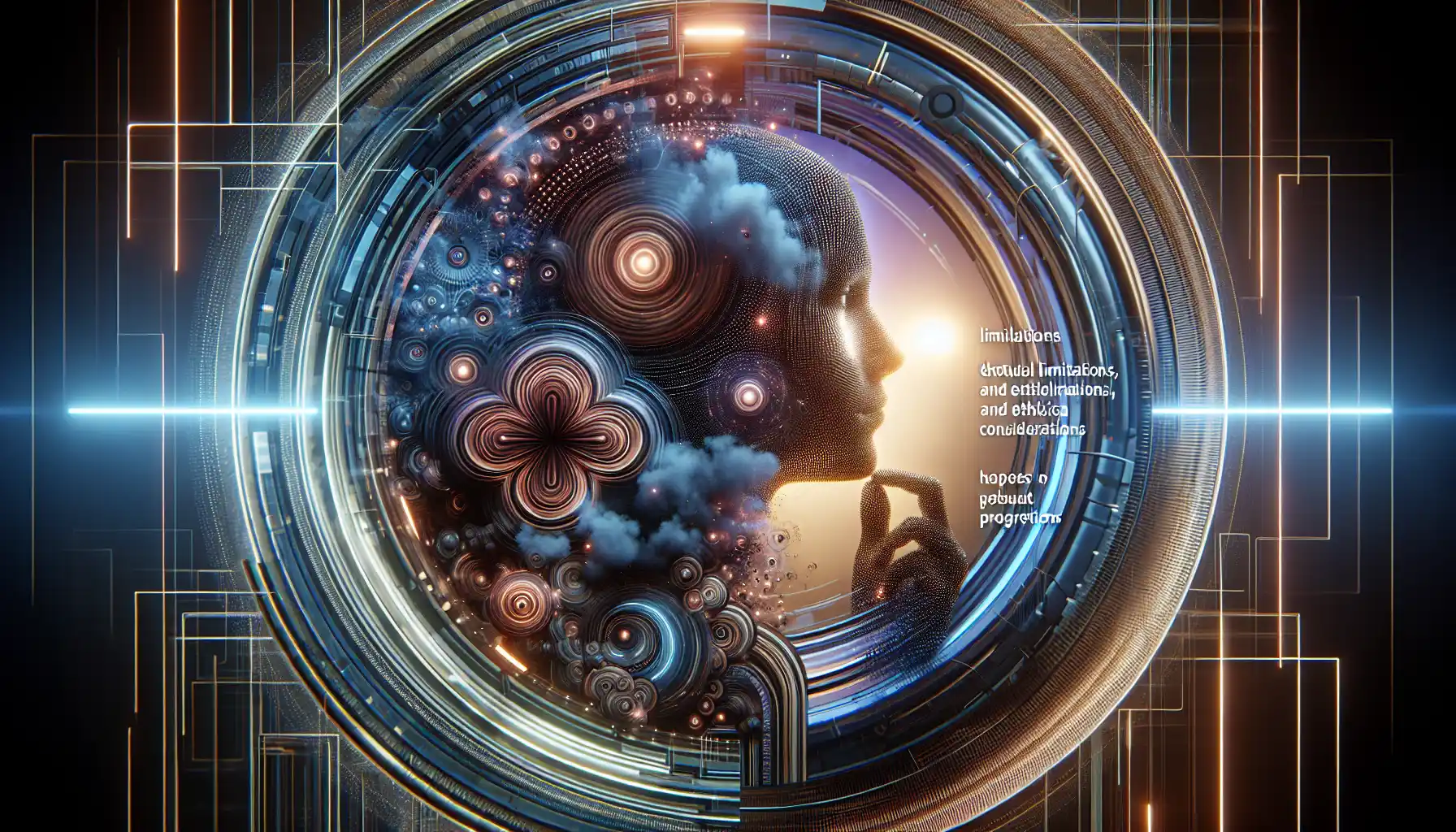
In this final section, we’ll explore some of the challenges that generative AI faces, as well as the future of this exciting technology.
1. Ethical and Social Implications
Generative AI has raised a number of ethical and social concerns. One of the main concerns is the potential misuse of generative AI to create fake content, such as deepfakes.
This has the potential to spread misinformation and manipulate public opinion. It also raises questions about privacy and consent, as generative AI may be used to create images or videos of individuals without their permission.
2. Data and Bias
Generative AI models are only as good as the data they are trained on. If the training data is biased, the generative AI model will also be biased. This can lead to unfair or discriminatory outcomes in areas such as hiring, lending, or law enforcement.
3. Overfitting and Robustness
Generative AI models can also suffer from overfitting, where they perform well on the training data but poorly on new, unseen data. They can also be vulnerable to adversarial attacks, where small, imperceptible changes to the input data can cause the model to generate completely different outputs.
4. Environmental Impact
Training large generative AI models can be computationally expensive and energy-intensive. This can have a significant environmental impact, as it requires a large amount of electricity and can contribute to carbon emissions.
5. The Future of Generative AI
While generative AI faces several challenges, it also holds great promise for the future. There are ongoing efforts to develop more robust and reliable generative AI models.
Advances in areas such as machine learning, deep learning, and natural language processing are helping to improve the performance of generative AI models. This will allow for more widespread adoption of generative AI in a variety of applications.
6. The Potential Impact of Generative AI
Generative AI has the potential to revolutionize many aspects of our lives. It can be used to create more personalized experiences, such as customizing products or services to individual preferences.
It can also be used to automate tasks that were previously thought to be impossible, such as generating new ideas or creating new works of art.
Generative AI can also be used to accelerate scientific research and discovery. For example, it can be used to analyze large datasets, simulate complex systems, or even discover new drugs or materials.
7. The Importance of Ethical and Responsible Development
As we move forward with the development and deployment of generative AI, it is crucial that we do so in an ethical and responsible manner. This includes addressing the ethical and social implications of generative AI, such as the potential for misuse and the impact on privacy and consent.
It also includes taking steps to ensure that generative AI models are fair, unbiased, and transparent. This will require collaboration between researchers, policymakers, and industry leaders to develop guidelines and best practices for the development and use of generative AI.
Generative AI is an exciting and rapidly evolving field that has the potential to transform many aspects of our lives. While it faces several challenges, the future of generative AI is bright, and it holds the promise of creating a more innovative, personalized, and automated world.
Final Thoughts
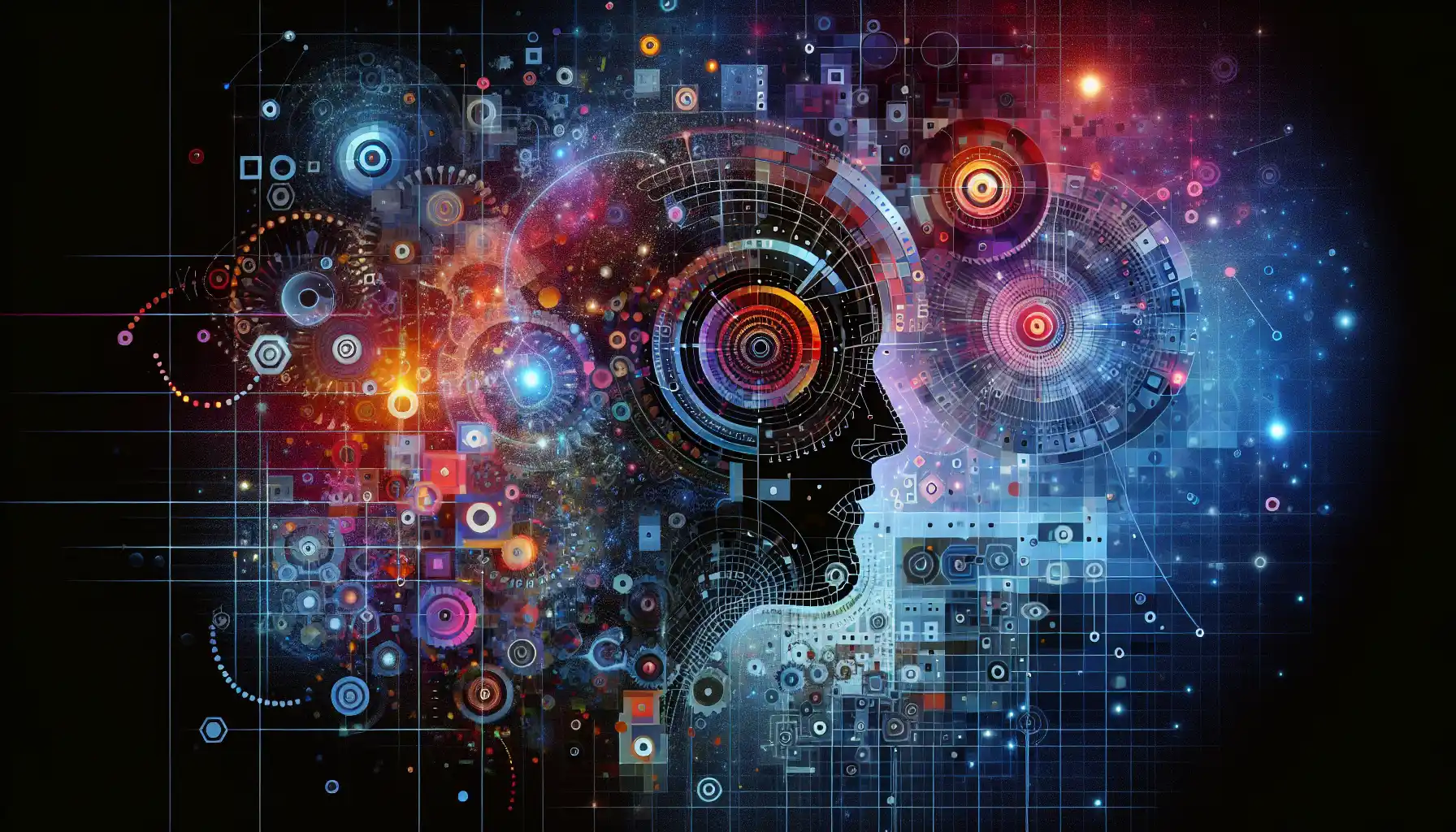
Generative AI is a revolutionary technology that has the potential to transform our lives in ways we never imagined. It is a subset of artificial intelligence that involves the use of algorithms to create new, unique data from existing data.
Generative AI works by using a model trained on a large dataset to create new examples of data that are similar but not identical to the original data.
The applications of generative AI are wide and varied, from art and creativity to healthcare and science. It has the potential to revolutionize the way we create, learn, and interact with the world around us.
As with any technology, generative AI also presents its own set of challenges, such as ethical and social implications, data bias, and overfitting. However, with ongoing research and development, these challenges can be addressed, and generative AI can continue to grow and improve.
Generative AI is a powerful tool that has the potential to shape the future of technology, and we are only at the beginning of what this amazing technology can achieve.
Frequently Asked Questions
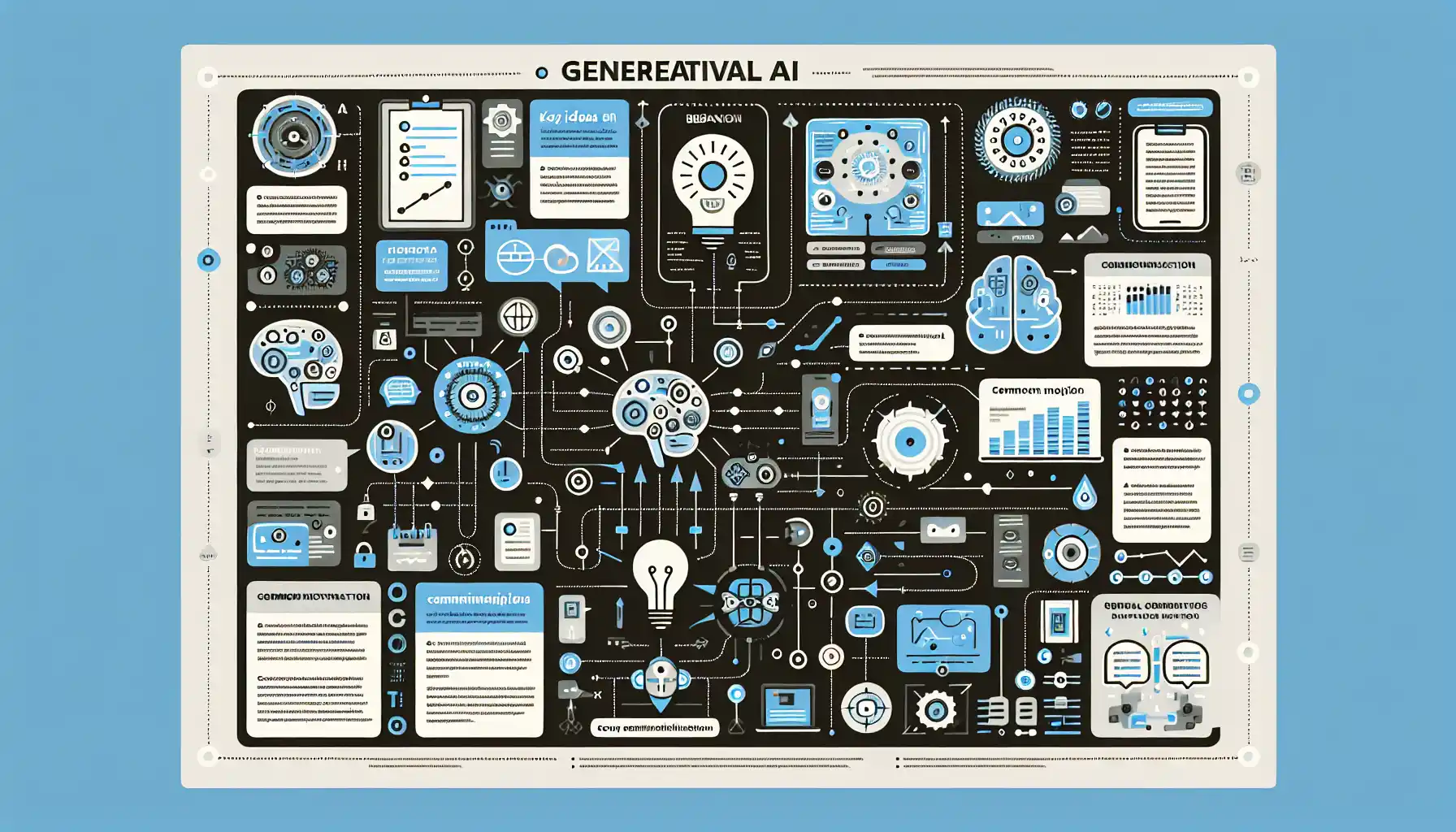
What is the difference between generative AI and predictive AI?
Generative AI is a type of AI that is designed to generate new data based on existing data. It is often used in tasks such as image or text generation. Predictive AI, on the other hand, is focused on making predictions or classifications based on input data. It is commonly used in tasks such as sales forecasting or medical diagnosis.
Can generative AI create human-like conversations?
Yes, generative AI can create human-like conversations. Models such as OpenAI’s GPT-3 have been trained on vast amounts of text data and can generate responses that are often indistinguishable from those of a human.
What are the main techniques used in generative AI?
Some of the main techniques used in generative AI include variational autoencoders, generative adversarial networks, and autoregressive models. These techniques allow AI systems to learn the underlying structure of data and generate new, realistic data.
How is generative AI used in the art industry?
Generative AI has been used in the art industry to create unique and innovative pieces of art. Artists and designers can use generative AI to generate new ideas, patterns, or designs, which can then be further customized and developed into finished works of art.
How can generative AI be leveraged in the music industry?
Generative AI has been used in the music industry to create new melodies, harmonies, and rhythms. It can be used by composers and musicians to generate new musical ideas or to help them overcome creative blocks. Generative AI can also be used to create background music for videos or games.
What are some potential applications of generative AI in the future?
The potential applications of generative AI are vast. They include creating virtual worlds for video games, designing new materials with specific properties, and developing new drugs or treatments in the healthcare industry. Other potential applications include creating realistic deepfakes, generating custom clothing designs, and optimizing industrial processes.

